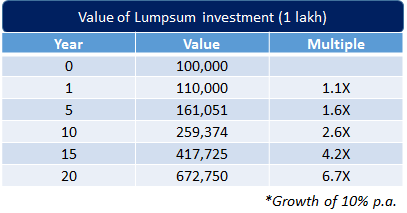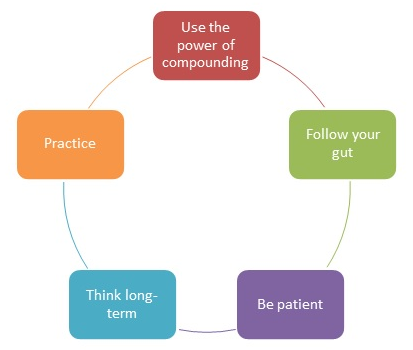
Table of Contents
Earnings Power Value (EPV)
What is Earnings Power Value?
Earnings Power Value is an analytical metric that is used to comprehend if the shares of a company have been valued correctly. The concept was originated by the Bruce Greenwald, the professor of Columbia University.

Earnings Power Value is a strategy that helps to value stocks by coming up with certain assumptions regarding the current earnings and Capital cost sustainability. The Earnings Power Value can be calculated by dividing the adjusted earnings of a company by its Weighted Average Cost of Capital (WACC).
Earnings Power Formula
Although the formula to calculate EPV is quite straightforward; however, there are a few steps that should be taken to comprehend the WACC and the adjusted earnings.
EVP: Adjusted Earnings / WACC
Understanding Earnings Power Value
EPV begins with Earnings Before Interest and Tax (EBIT) or Operating Earnings, not altered for one-time charges. The average EBIT margins, over a specific business cycle (at least five years), get multiplied by sustainable revenues to get normalized EBIT.
And then, normalized EBIT gets multiplied by (1 – Average Tax Rate). Next, the extra Depreciation is added back. At this specific point, the analyst has already acquired the normalized earnings figure of the company.
Adjustments are made to account for pricing power, current restricting cost, unconsolidated subsidiaries, and extra material products. Thereafter, this adjusted earnings figure is divided by the WACC of the company to get EPV.
Now, the final step comprises calculating the firm’s equity value. And, this is done by adding extra net assets to the EPV and then subtracting the value of debt that the company has. And then, the EPV equity can be compared to the current Market capitalization of the firm to comprehend whether the stocks are undervalued, overvalued, or fairly valued.
Earnings Power Value Limitations
As the metric is based on the notion that the situations surrounding a business operation will remain constant and in the ideal state, EPV doesn’t concentrate on any fluctuations, whether externally or internally, which may impact the production rate in any which way.
Talk to our investment specialist
With this, there could be an array of risks developing from changes and alterations happening within a specific market wherein the company operates, changes in the relevant regulatory needs, or even other unpredicted events that have the power to impact the business flow in either a negative or positive way.
All efforts have been made to ensure the information provided here is accurate. However, no guarantees are made regarding correctness of data. Please verify with scheme information document before making any investment.












